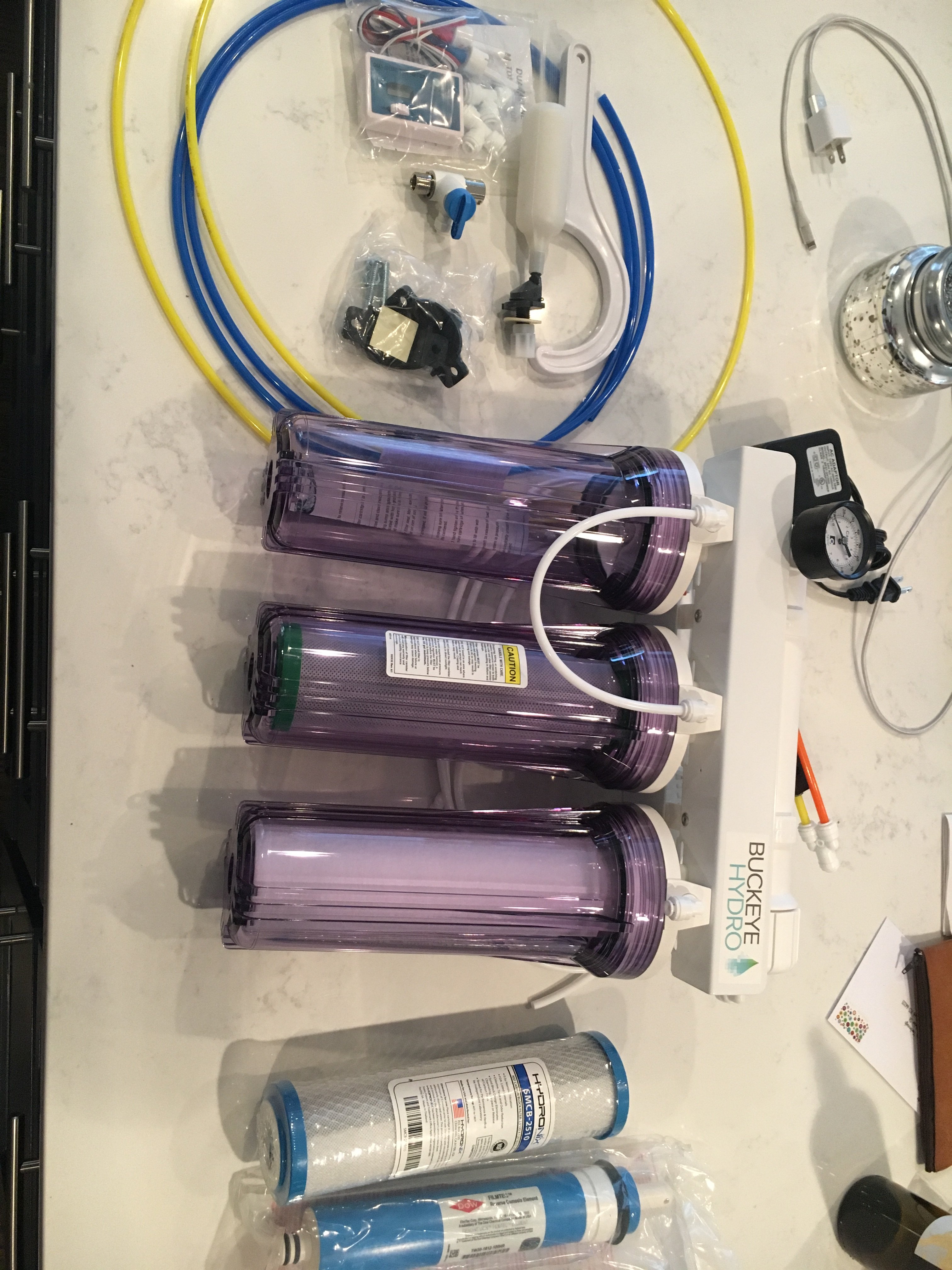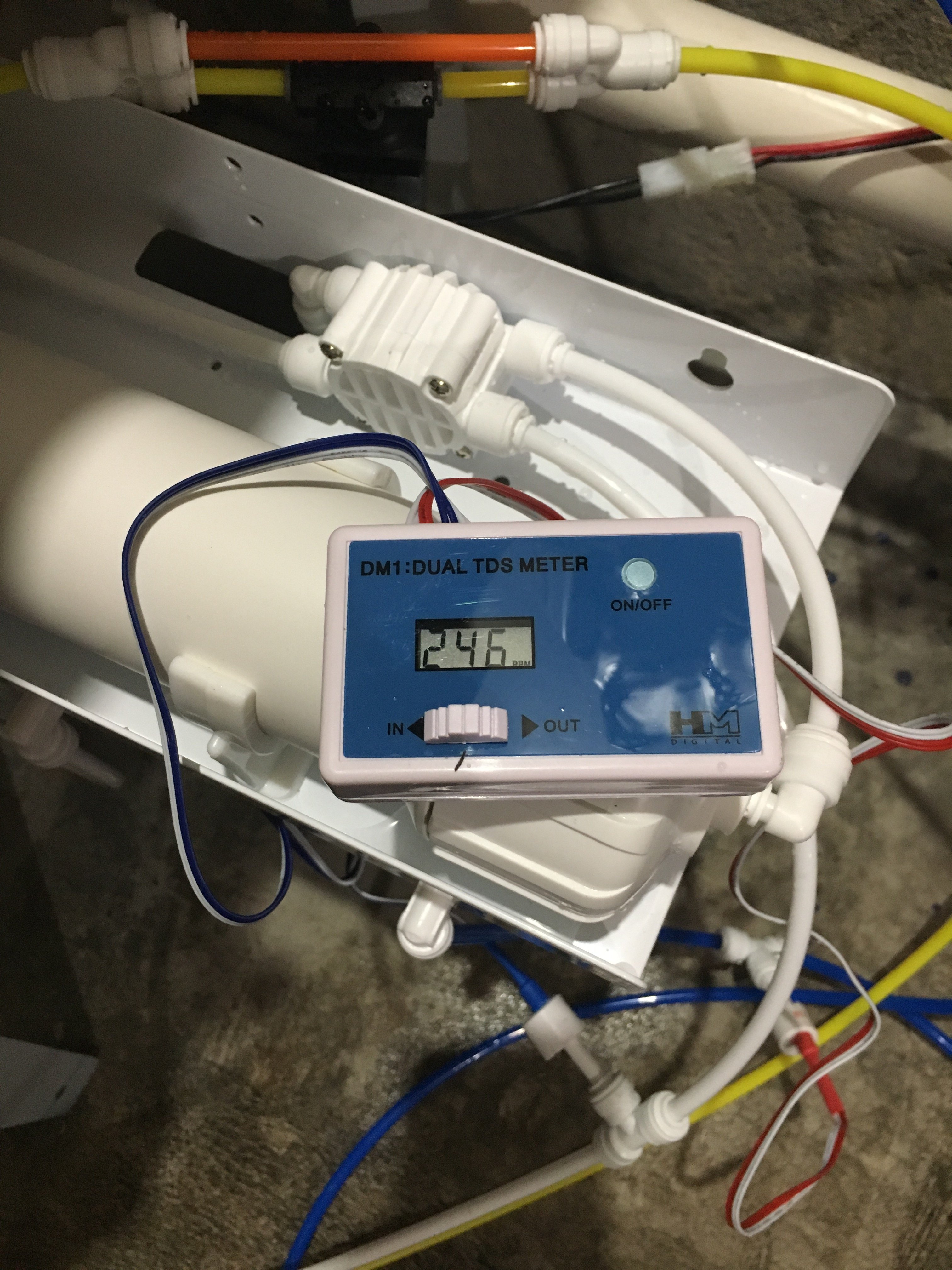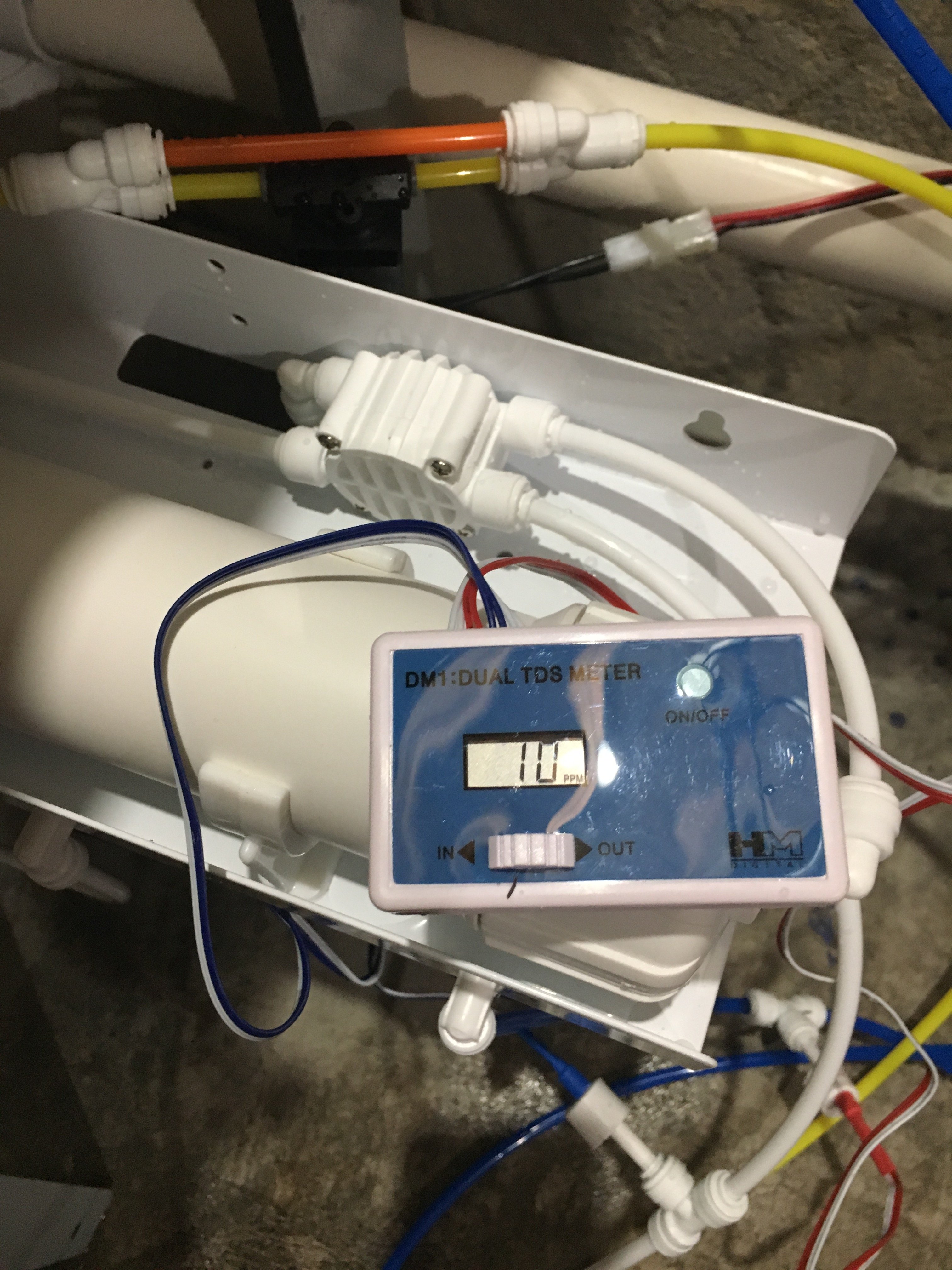isomerization
Well-Known Member
- Joined
- Feb 27, 2017
- Messages
- 1,422
- Reaction score
- 889
Finally have a great excuse to invest in an at home RO system. I’ve seen great things said about @Buckeye_Hydro here, are you shipping units right now?
Here are a few pics of where I would like to install the system:
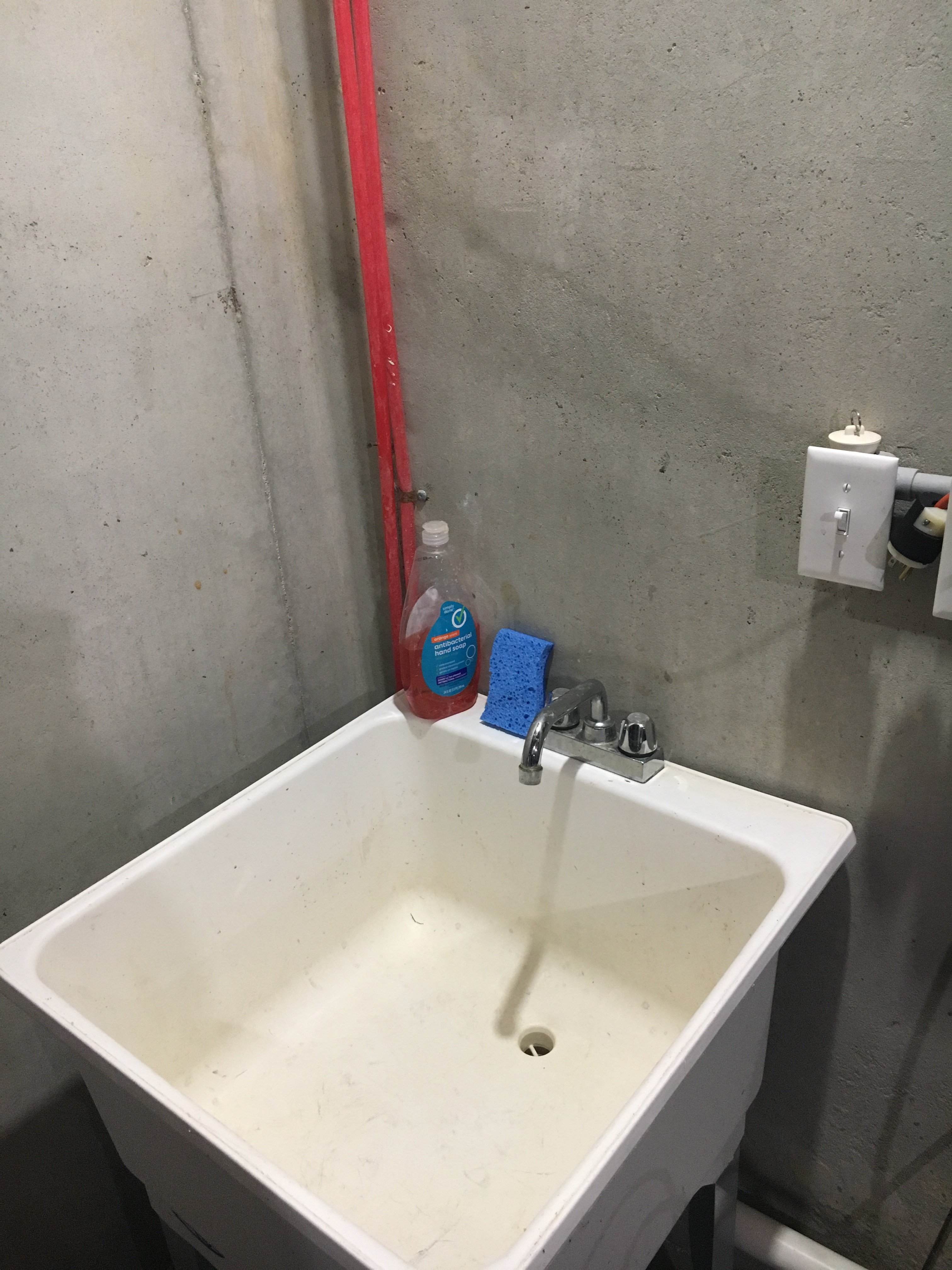
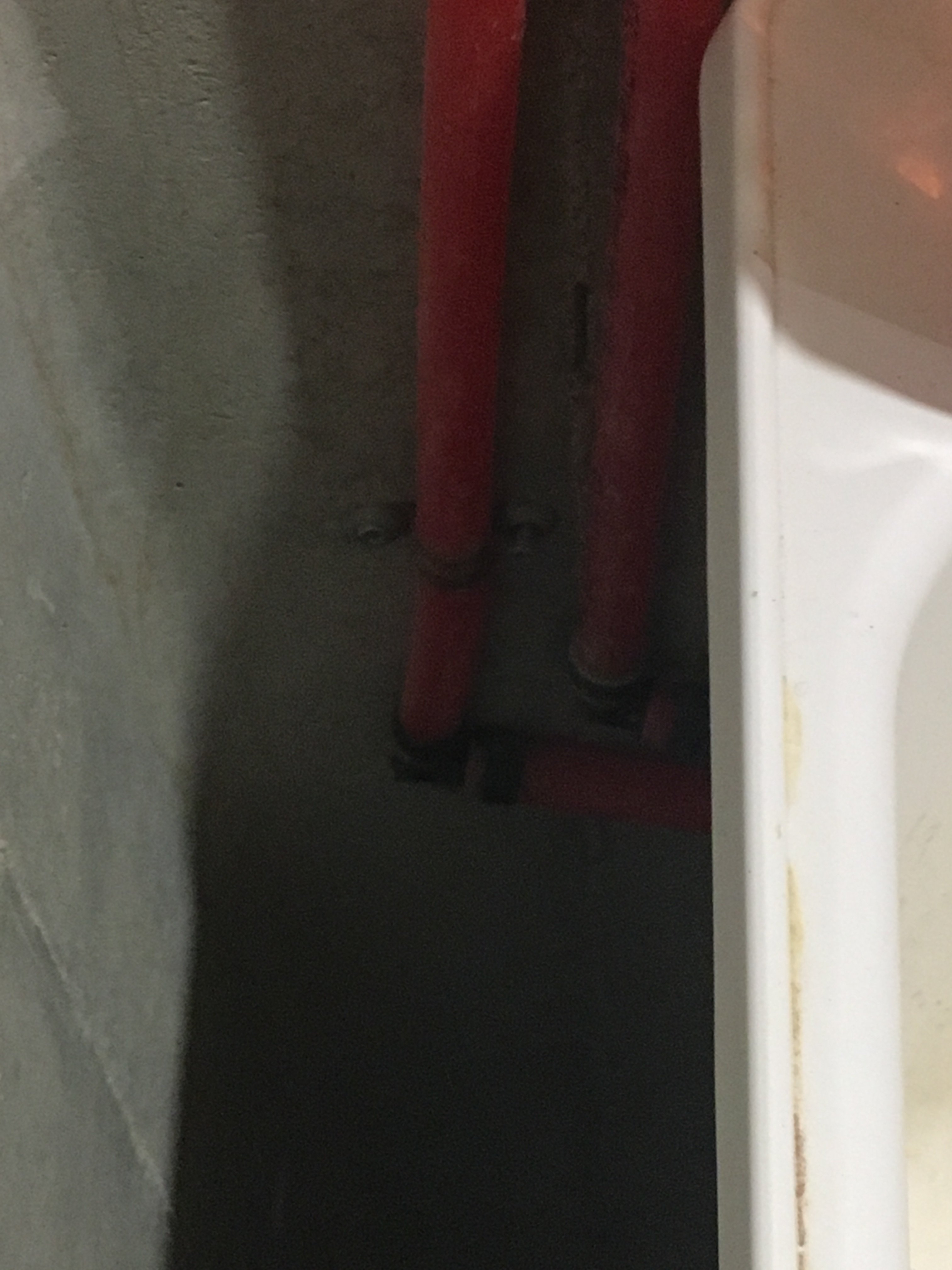
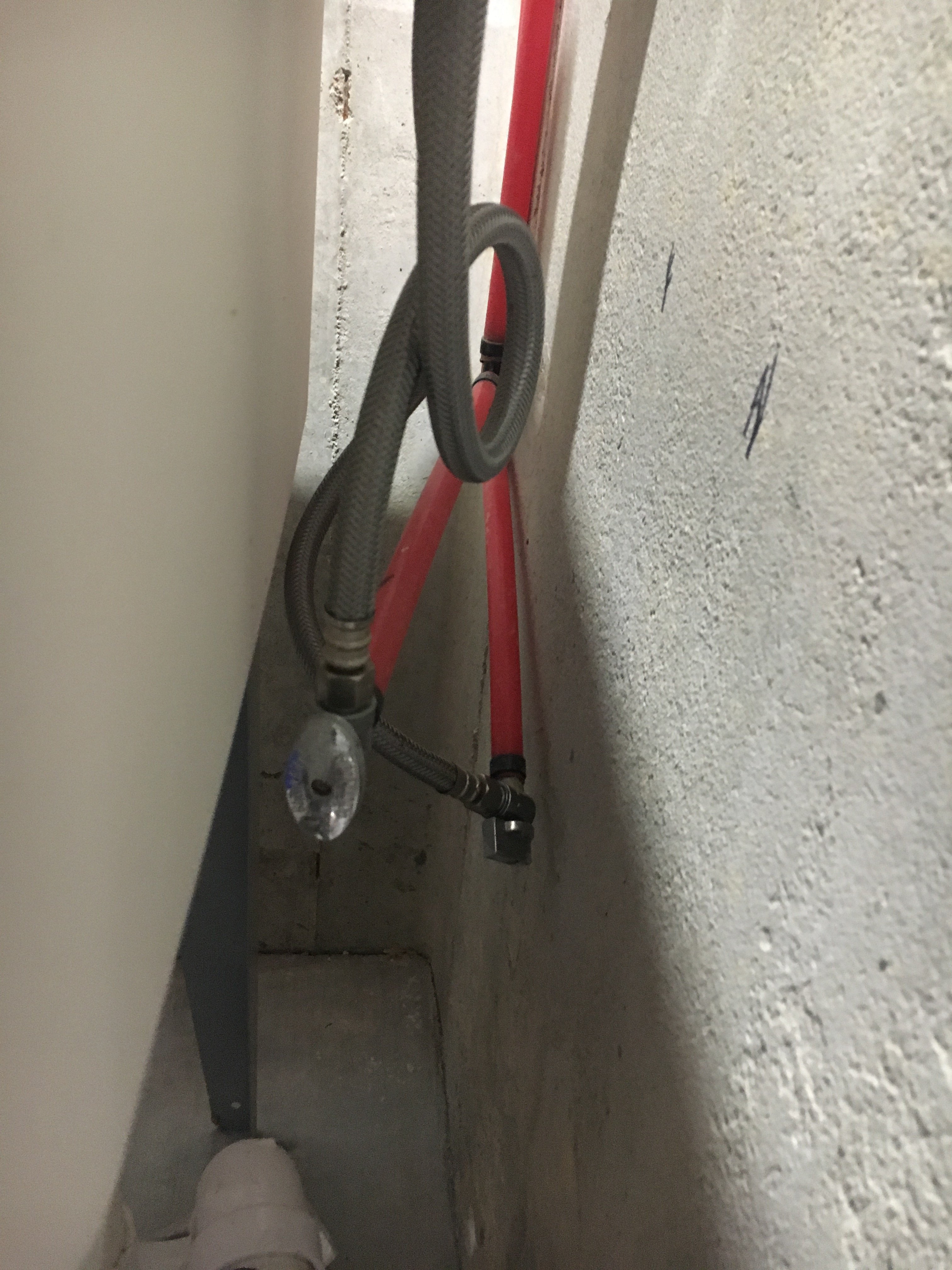
Looking at this system (50 GPD):
https://www.buckeyehydro.com/premium-ro-systems/
Can anyone provide insight into which accessories they appreciate having and the fittings I would need. I can following plumbing instructions, but that’s about it.
Thanks!
Here are a few pics of where I would like to install the system:



Looking at this system (50 GPD):
https://www.buckeyehydro.com/premium-ro-systems/
Can anyone provide insight into which accessories they appreciate having and the fittings I would need. I can following plumbing instructions, but that’s about it.
Thanks!


